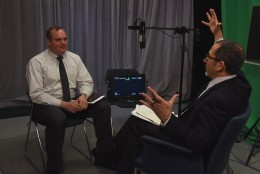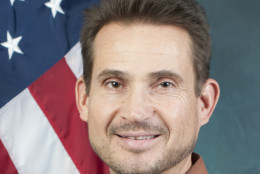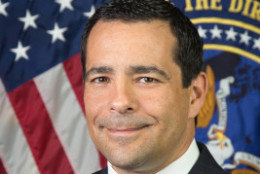Technology
-
One of the Army’s key objectives is to bring reliable network access to smaller units at the company level and below. But DoD’s Office of Operational Test and Evaluation found the task has been complicated by the fact that too many of the systems the service is fielding are not exactly plug-and-play.
February 08, 2016 -
To help U.S. agencies operating in the Arctic region, the National Geospatial Intelligence Agency has been releasing non-classified data to anyone who wants to use it, public or private.
February 05, 2016 -
The Defense budget prioritized research and development and cyber, but that doesn't mean the third offset strategy is getting a lot of money in 2017.
February 05, 2016 -
It's a big ticket item. Over five years, several big departments spent three quarters of a billion dollars to sponsor students and recent post-grads in science and engineering. They get to work in federal agencies like Defense, Energy and Health and Human Services. The program is called the Oak Ridge Institute for Science and Education. The Government Accountability Office took a look at the program and found some things that need tightening up. John Neumann, director of natural resources and environment issues at the GAO, told Federal Drive with Tom Temin about the Oak Ridge Institute and what GAO found there.
February 05, 2016 -
For many agencies, the move to cloud computing services is predicated by policy, legal and contracting decisions made by more than just the chief information officer.
February 05, 2016 -
The Senate Homeland Security and Governmental Affairs Committee hit Beth Cobert, the nominee to be the permanent director of the Office of Personnel Management, with a wide range of questions at her nomination hearing. But the committee is also looking for more transparency and better communication between OPM and Congress.
February 04, 2016 -
That gap between how the public and private sectors embrace digital technology is at the heart of the most recent Federal Leaders Digital Insight Study.
February 04, 2016 -
Once your personal information has been purloined, you have to think twice about anyone who might try to befriend you. If you're one of the more than 20 million federal employees affected by the great Office of Personnel Management data breach, the National Counterintelligence and Security Center has some information that might help. Bill Evanina, center director, brings more to Federal Drive with Tom Temin.
February 03, 2016









